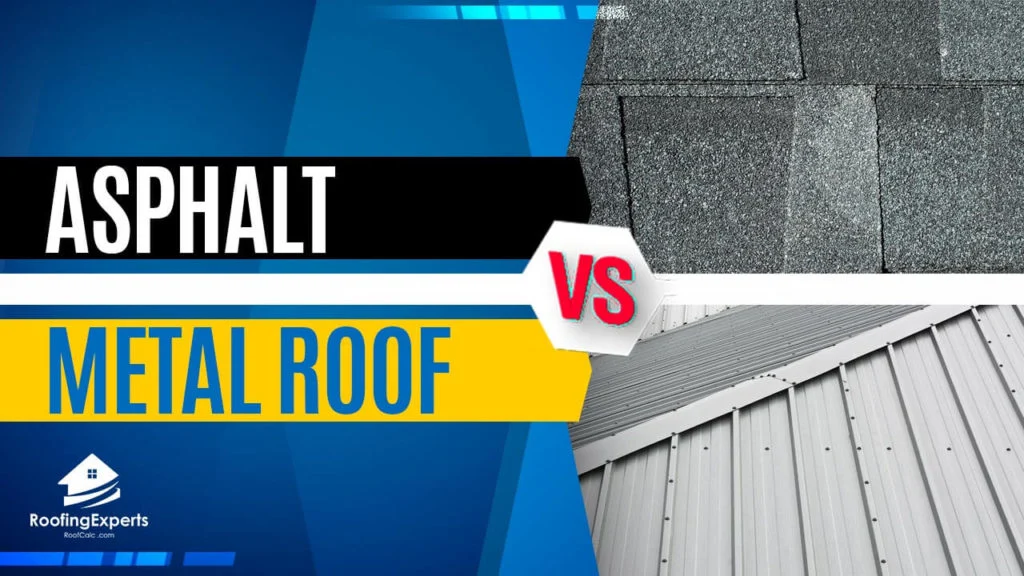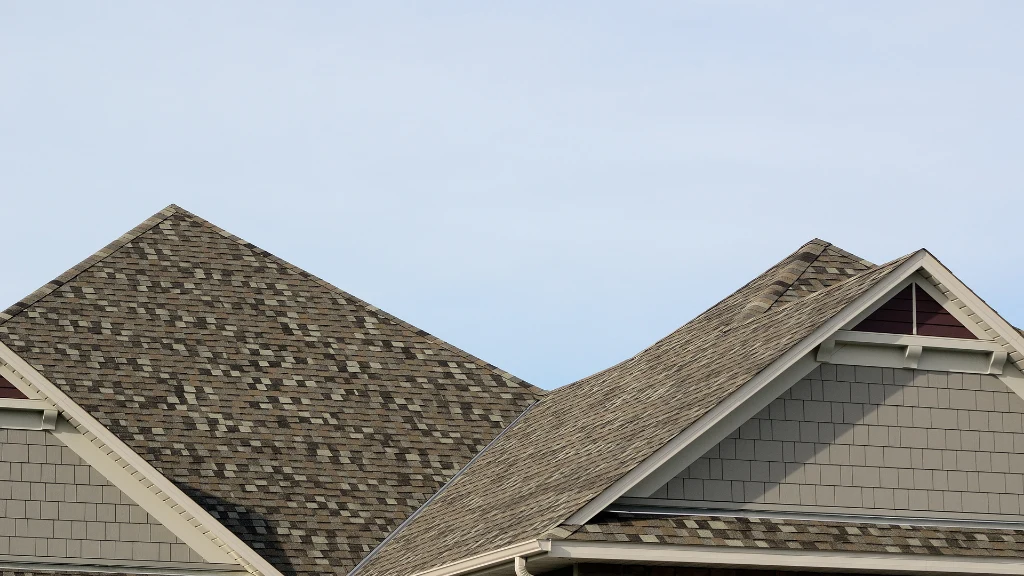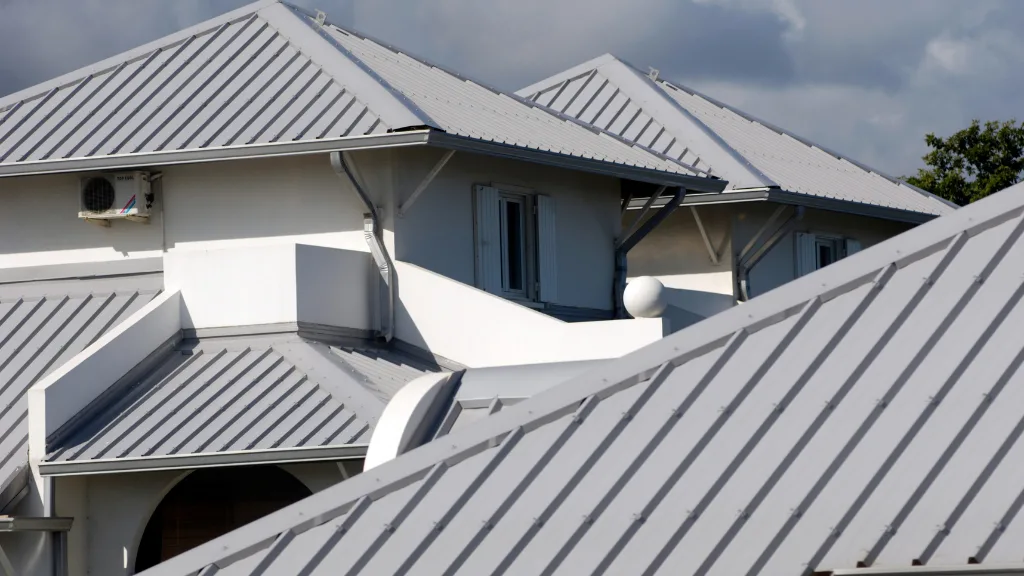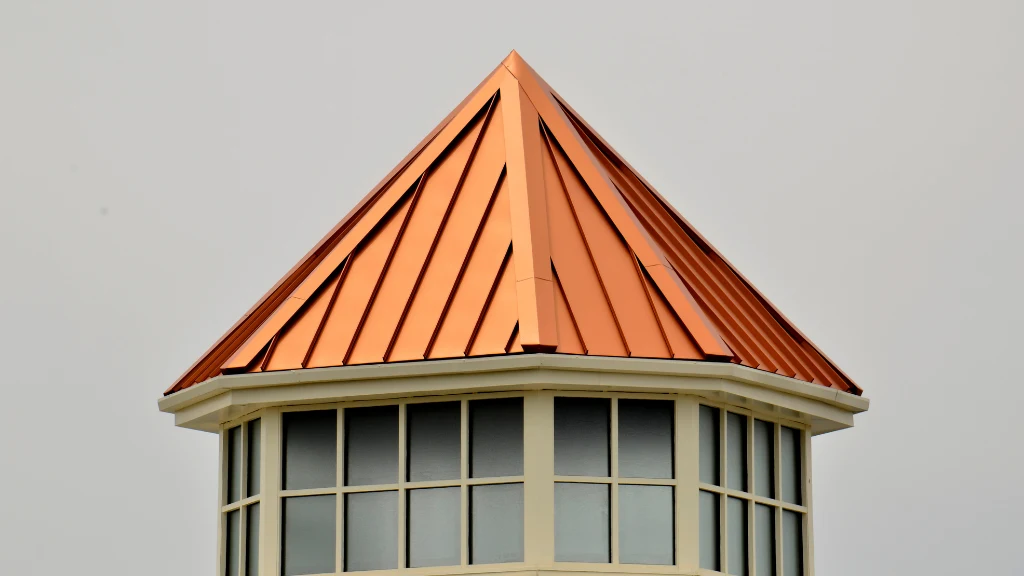
One of the most important decisions a homeowner will make is what type of roof to put on their home. This decision can be daunting, as there are many options out there. One option that you may not have considered yet is an asphalt roof.
It’s true that these roofs don’t hold up as well as metal roofs do in some cases, but they also come with some benefits too! In this blog post, we’ll discuss why people might want to go with an asphalt roof and what the best reasons for going with a metal one would be.
Asphalt vs Metal Roof? Which Is Better?
Many people wonder about the different types of roofs and which is better. One question that comes up is whether an asphalt or metal roof would be the best addition to their home. Both materials have good qualities and both also have some negative aspects as well.
Which one works best for you really depends on your individual needs and requirements. Both asphalt shingle and metal roofing are very durable materials, but there are other factors to consider such as price, appearance, maintenance, insulation values, and long-term warranty coverage.
The following information provides a comparison between these two popular storm-resistant coverings: Asphalt & Metal Roofing
- Price- Aluminum Shingles cost more than standard three tab asphalt shingles; however, this will vary depending on the manufacturer. Metal roofing can be more expensive than asphalt shingles, but it also has a longer life expectancy.
- Appearance– An asphalt roof will have a traditional look about it, while metal roofs have a more modern appearance. This may be a plus or minus, depending on your personal taste.
- Maintenance– One downside to an asphalt roof is that over time it will require more maintenance such as sealing and repairs, whereas metal roofs do not need this type of care.
- Insulation Values– Metal roofs are better at insulating a home than asphalt shingles. This could lead to energy savings in the long run.
When making your decision, be sure to weigh all the pros and cons of each material to see which one is the best fit for you.
Tips in Choosing either Asphalt Shingles or Metal Roof:
Always base on the environment and weather where you live
- Asphalt is good for humid and wet climates because it does not absorb moisture
- Metal roofs are recommended for hot, dry climates because it reflects the heat
Choose a style of roof that compliments your home or building’s architecture
- Asphalt comes in many textures and colors to choose from while metal roofing is more limited in texture and color
- Metal roofs are perfect for commercial buildings while asphalt works better on residential homes.
Just right for the budget
- While asphalt roofs are less expensive in the short run, they do not endure long and require a lot of upkeep, both of which are time and money.
- Metal roofs while they are more expensive to install at first, over time, they can save you a lot of money and effort.

All About Asphalt Roofs
An asphalt roof is a type of roofing that consists of liquid asphalt poured over tar paper, built up in multiple layers. The product is then heated until it liquefies, allowing it to be applied by roller, trowel, or brush.
Asphalt roofs offer several advantages over other types of roofs:
- they are energy-efficient
- durable
- long-lasting
- can be installed on a wide variety of buildings.
Asphalt roof disadvantages
- asphalt roofs are not as fire-resistant as some other types of roofing materials
- they can also be quite expensive to install, although the cost may be offset by their longer lifespan
If you are looking to install an asphalt roof, you should know that it is very easy to get the necessary materials at your local hardware store.
Essential Ingredients of Asphalt Roofs
The main ingredient obviously is asphalt. While different manufacturers might have slight variations in their formulas, there are only three ingredients that are essential for making an asphalt roof: bitumen, mineral filler, and reinforcing fibers.
- Bitumen – The bitumen is a thick, black liquid that is made from crude oil.
- Mineral Filler – The mineral filler is a substance which is used to add weight and strength to the asphalt roofing membrane.
- Reinforcing Fibers – The reinforcing fibers are usually made from either glass or polyester, and they help to prevent the roofing material from tearing.
The other ingredients are all optional, and they are used to adjust the characteristics of the asphalt roofing membrane to suit your needs. Some manufacturers might include :
- gravel
- colorants
- chemical additives
- stabilizers
- fire retardants
While these materials help improve the performance of the asphalt roofing product, you should be aware that they can also drive up the cost.
Installation of an asphalt roof is not a difficult process, but it is important to follow the manufacturer’s instructions carefully. The most common mistake people make when installing an asphalt roof is not allowing the product to fully cure before applying the second coat. This can cause problems with water infiltration and will reduce the life of your roof.
Once your asphalt roof is installed, you will need to take care of it properly in order to get the most out of it. One important thing to remember is that asphalt roofs should never be walked on. This can cause damage to the roofing membrane and lead to leaks.

All About Metal Roofs
A metal roof is a roof cover consisting of sheets of metal. Metal roofs come in many styles and colors; the oldest, most common style is the standing seam metal roof. The materials and designs used to construct and decorate metal roofs vary greatly.
Metal Roof offer several advantages over other types of roofs:
- Durability: Metal roofs can last 50 years or more with little or no maintenance, while asphalt shingles typically need to be replaced every 20 years.
- Energy efficiency: Metal roofs reflect radiant heat away from the building in summer and retain heat in winter, helping to keep the building cooler in summer and warmer in winter.
- Fire resistance: Metal roofs are non-combustible and will not contribute to a fire spreading.
- Resistance to weathering: Metal roofs do not corrode or rust in wet environments, and are less likely to be damaged by high winds.
- Metal roofs can also be installed over an existing roof without the need for tearing off the old roof, which saves time and money.
- Maintenance: Metal roofs are relatively low-maintenance due to their resistance to damage from weathering or insect infestation. A covered metal roof will last longer with less need for repair compared with an uncovered one. Over time, some small repairs might be necessary, usually involving removal of the shingles and replacing them with new ones.
- Metal roofs are also highly recyclable. They can be recycled into other roofing products, such as shingles and gutters. This helps reduce the cost and environmental impact of future installations.
- Air quality: Metal roofs can help filter out air pollution, resulting in cleaner air inside the building.
There are a few disadvantages to metal roofs:
- Weight: Metal roofs are heavier than other types of roofs, so they require stronger roofing materials and a stronger roof structure.
- Noise: Metal roofs can be noisy in rain or hail.
- Price: Metal roofs are more expensive than other types of roofs.
Types of Metal roofs
Metal roofs are a durable construction material that offers increased protection from the elements. Its strength, combined with its wide range of colors and styles, can add to the curb appeal of any house.
In the past, metal roofing materials had been used mainly for their durability and because they could reflect sunlight away from buildings to reduce cooling costs. However, today’s structural standing seam metal roof systems have a broad range of architectural options among different profiles.
- Area Rundown: The most popular type of modern standing seam metal roofs is made up of five different sections: Panel Roofs; Roof Curbs; Roof Purlins; Roof Support Clips and Fasteners; and Eave Troughs or Gutters. Other types of panels include corrugated metal roofs.
- Flat Panels: Flat panel roofs are constructed with panels that have a steep slope to allow water to run off the roof quickly. These roofs are available in various widths, ranging from 4 inches up to 48 inches, and can be anywhere between 10 feet to 60 feet long. Because of both their light weight and ease of installation, flat panel roofs are often selected for low-slope commercial applications, agricultural buildings or other structures not suited for a standing seam metal roof.
- Paneled Curbs & Purlins: Paneled curbs provide support across the ends of panels where they meet at ridges or eaves. They help keep the seams tight and prevent wind uplift forces from developing along these areas. Curbs are available in a number of different styles, including pyramid, gabled, hip and mansard. Purlins are metal strips that run the length of the roof and help to support the weight of the panels.
- Clips & Fasteners: Roof clips and fasteners are used to secure the panels in place. They come in a variety of shapes and sizes to accommodate different panel profiles. Fasteners can be made from a variety of materials, including aluminum, steel or stainless steel.
- Eave Troughs or Gutters: Eave troughs or gutters collect water that runs off the roof and directs it away from the building. They come in a variety of shapes and sizes to match the style of your roof and can be made from a variety of materials, including aluminum, galvanized steel or copper.
Choosing a Metal Roof
When choosing a metal roof, it’s important to consider the climate where you live. Metal roofs are available in a variety of colors and styles, so you can find one that will complement the look of your home. They’re also available in a number of different materials, including aluminum, steel, and copper, so you can choose the one that best suits your needs.
Metal roofs are also available in a number of different shapes and sizes, so you can find one that will fit your home’s architecture. They’re also available with various finishes, including paint, anodizing or galvanizing, so you can choose the one that best suits your needs.
Finally, metal roofs are also available with a number of different warranties, so you can be sure you’re getting a quality product.
When considering a metal roof, it’s important to remember that they come with a higher price tag than traditional asphalt roofs. However, they often last longer and require less maintenance, making them a wise investment in the long run.
If you’re interested in installing a metal roof on your home, be sure to contact a qualified roofing contractor who can help you select the right product for your needs.

Verdict
When it comes to durability, metal roofs are the clear winner. They also reflect sunlight away from buildings to reduce cooling costs. However, they come with a higher price tag than traditional asphalt roofs and may not be suitable for all climates. It all comes down to your personal situation and the characteristics of each product.

